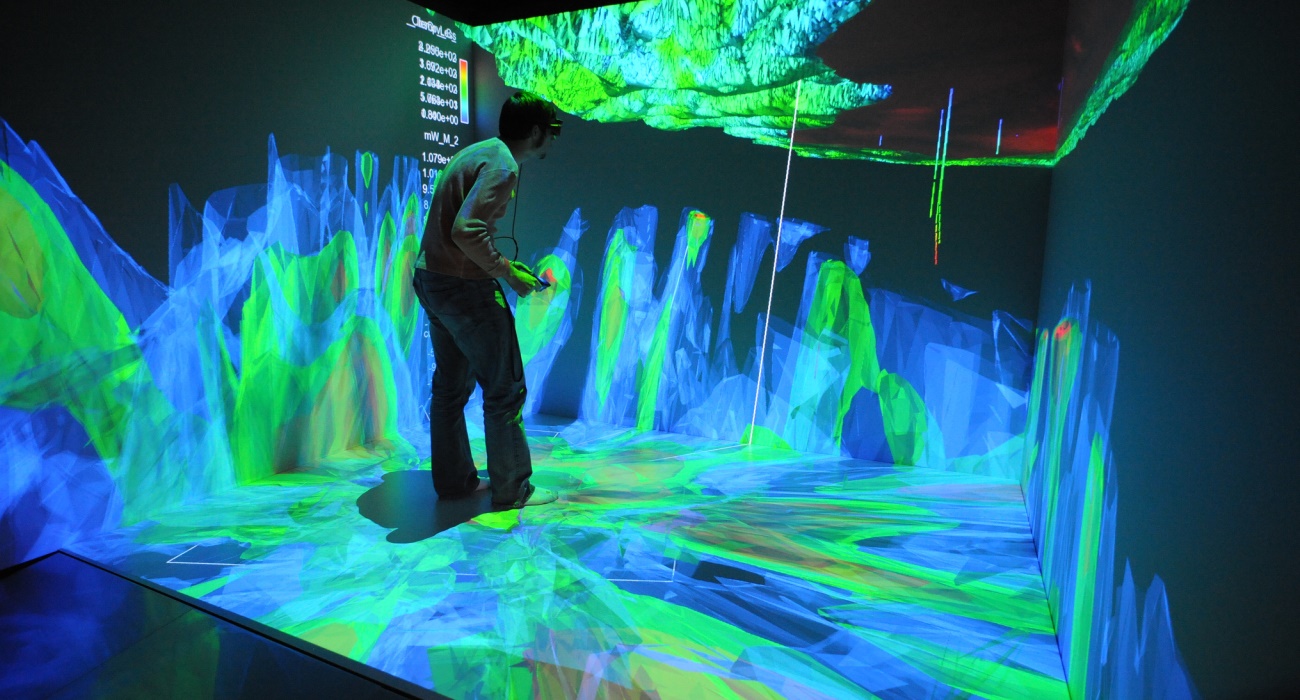INL News Release
FOR IMMEDIATE RELEASE
Dec. 16, 2014
NEWS MEDIA CONTACTS:
Emily Nichols, 208-526-5111, [email protected]
Misty Benjamin, 208-351-9900, [email protected]
IDAHO FALLS — Idaho National Laboratory is enabling researchers to leverage their work with a newly acquired supercomputer. The 16,416-processor Silicon Graphics International Corporation (SGI) supercomputer known as “Falcon” will allow INL researchers to build more complete scientific models and better predict outcomes for a variety of nuclear and energy-related issues.
“We’re excited about the acquisition of Falcon,” said Jeff Staffon, director of Scientific Computing at INL. “Partnering with Intel® through its ‘Early Adopters Program’ allowed us to get this highly anticipated architecture early in the release cycle to meet an important milestone. Our expectations are high that this addition to INL’s high-performance computing capabilities will further enhance modeling and simulation of complex systems and processes.
INL awarded a contract to ComnetCo, Inc. for the new supercomputer, which is more than five times faster than its predecessor, Fission, which came online in 2011. Initial Falcon benchmarks, a SGI ICE-X™ supercomputer based on Intel Haswell™ processors, has demonstrated a floating-point performance in excess of 500 teraflops, which means it can perform over 500 trillion floating-point calculations per second. Its Top500.org ranking of the 97th fastest supercomputer in the world was announced at this year’s Supercomputing Conference, SC14, in New Orleans.
“Nearly all physics in nuclear power applications are interdependent,” said Dr. Richard Martineau, director of INL Nuclear Science and Technology Modeling and Simulation. “Thus, modeling and simulation efforts of INL’s Nuclear Science & Technology Directorate are primarily focused upon efforts to resolve coupled phenomena.” Reliable and capable high-performance computing (HPC) resources are required when solving nuclear fuels performance, radiation transport and nuclear physics, and thermal fluids phenomena associated with INL programs, he said. The SGI Falcon supercomputer will bring a new level of capability in meeting these INL missions.
“This computer acquisition positions the laboratory for continued leadership in modeling and simulation which is tightly coupled to both national scientific user facilities and nationally recognized experimental expertise,” said Eric Whiting, director of INL Applied Computing and Visualization. “Falcon and other INL compute resources enable laboratory science and engineering staff to innovate highly creative modeling and simulation capabilities which produce relevant results.”
Denise Stephens, INL chief information officer, believes that high-performance computing to support INL’s modeling and simulation capability and core research mission is vital to supporting INL’s vision.
“A modern, high-performance computing capability is a resource that must be available to today’s researcher,” Stephens said. “With the rate of technology change, a continued and strategic investment in high-performance computing is imperative to support INL’s missions.”







